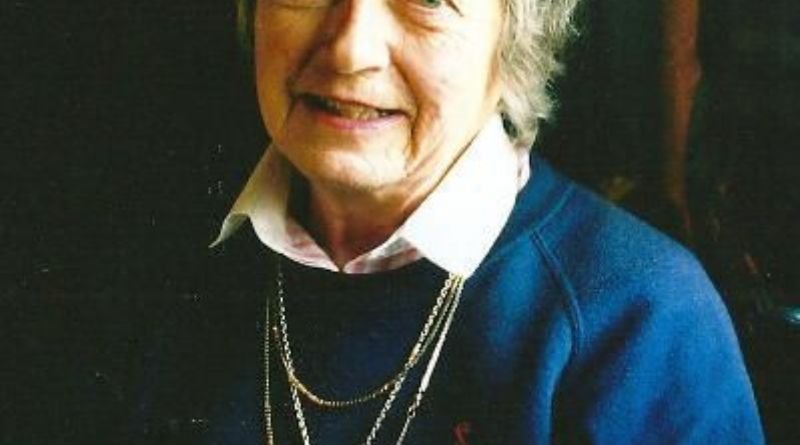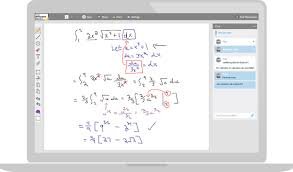The Untold Story of the Women Who Hacked Hitler’s Codes

Long before the internet and computers, women across Europe were using pencils and paper to undermine Nazi forces during World War II. They were listening to German radio broadcasts, breaking their coded messages, and passing that information on to the Allied forces — all without much recognition. It wasn’t until recently that these codebreakers have been given credit for their crucial role in helping win the war. In his new book The Women Who Hacked Hitler’s Codes, historian Jason Fagone explores the untold story of these women and the mathematicians who recognized their talents and helped them use it against the Nazis.
Chapter 1: A Challenging Road Ahead
So, you want to be a codebreaker. It won’t be easy—the work is tedious and frustrating. You will struggle for recognition and competence. You’ll break into bureaus and you’ll figure out how to jam every kind of transmission from wire to wireless, beam to wave-length in order to get the information you need. And then it becomes hard to know when it all goes right and when it all goes wrong.
Chapter 2: Finding a Way in
It was also important for these women to not only be able to work with a diverse range of backgrounds and temperaments, but also with many different nationalities. This meant that if one member was forced to leave on account of their nationality, it wouldn’t be difficult for another to step in and pick up where they left off.
Chapter 3: New Opportunities, Undiscovered Countries
In 1938, after six years as a textile designer, Frieda Reynolds enrolled in what would become one of the most celebrated secret schools in history: top-secret Station X at Bletchley Park. In a world before electronic computers, she began training to work with hand and machine codebreakers under British mathematician Alan Turing. This step dramatically changed her life for a remarkable set of reasons.
Chapter 4: Just Another Day at the Office?
Dorothy Hodgkin worked as a scientist for her entire life and discovered, through chemical analysis, the structure of a protein molecule she named ‘penicillin.’ To this day, scientists still use penicillin to cure diseases. Despite all her accomplishments, Dorothy was never awarded an honorary degree.
One day in early 1943, Dorothy began to analyze some German naval codes.
Chapter 5: Becoming Part of History
Anneke starts seeing a dark side to the people she is hacking, including Gestapo agents. Her close friend Tony was killed because he was too visible and she wanted to do something about it, but when the opportunity came up, her mother wouldn’t let her work for MI6 in London or for SOE because she believed that Anneke should stay close to home in case something happened to her.



